Advertisement
You’ve probably seen these names floating around—Llama 3 and GPT-4. Both are powerful AI tools that can write, chat, explain things, and help with all sorts of tasks. But how do they stack up against each other? And if you're just trying to pick the best one for school, work, or even just fun questions, which should you go for?
Let's break it down in plain language without all the complicated stuff. Whether you're curious or trying to decide which one to use, here's a look at how they really compare.
Both Llama 3 and GPT-4 are types of large language models or LLMs. These are basically super smart programs trained to understand and generate human language. They've read through books, websites, articles, and tons of other texts to learn how people write and speak.
Llama 3 comes from Meta (the company behind Facebook and Instagram), and GPT-4 is made by OpenAI (the same folks behind ChatGPT). Each one was built with a different focus.
Llama 3 is designed to be fast and run on more devices—even on your laptop or phone if you're tech-savvy enough. Meta made it open-source, which means anyone can download it, change it, and build things with it for free. That makes it great for developers and researchers who want full control.
GPT-4, especially the GPT-4-turbo version in ChatGPT, is more of a "black box"—you use it through OpenAI’s tools, but you can’t see what’s under the hood. However, it’s incredibly polished. GPT-4 is known for giving detailed, thoughtful answers, and it tends to be better at following instructions and staying in character during long chats.
Think of Llama 3 as the really smart kid in class who shares all their notes freely, while GPT-4 is the quiet top performer who nails every test but keeps their methods to themselves.
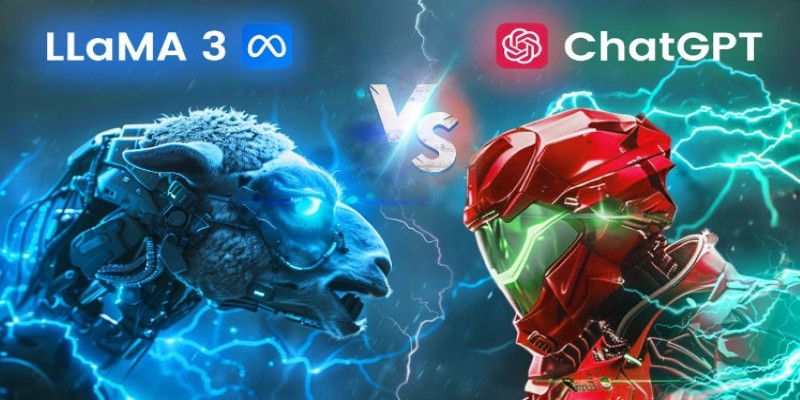
Now, let's talk about what happens when you actually use them. Performance depends on a few things: how fast they respond, how good the answers are, and how well they understand your requests.
Llama 3 is fast—especially the 8B (billion parameters) and 70B models. If you're running it on your machine with the right tools, it can feel snappy and smooth. But not everyone has the gear or the setup for that. GPT-4-turbo is made to work well on the web and in apps, and OpenAI has put a lot of work into making it fast for everyone. So, if you're using ChatGPT, you're getting high speed without any technical effort.
This is where GPT-4 usually wins. It’s better at answering hard questions, writing long stories, or sticking to a specific style of writing. GPT-4 is great for tasks that need deep thinking, like helping you write essays, solve tricky math problems, or translate something in a way that feels natural.
GPT-4 in ChatGPT Plus has a memory, meaning it can remember things you've said in past chats. It also comes with tools like a code interpreter, an image generator, and even a way to browse the internet. Llama 3 doesn't come with any of that by default—you'd have to build or add it yourself.
Llama 3 is totally free to download and use. Anyone can set it up, and it doesn’t cost a thing. GPT-4 is free in ChatGPT’s basic version (which uses GPT-4-turbo), but the full version with extra features is part of ChatGPT Plus, which costs $20/month.
So, if you're just chatting casually or experimenting with AI, both work great. But if you're working on school projects, writing long-form content, or coding, GPT-4 might feel more polished and helpful right out of the box.
The way these AIs are being used says a lot about their strengths.
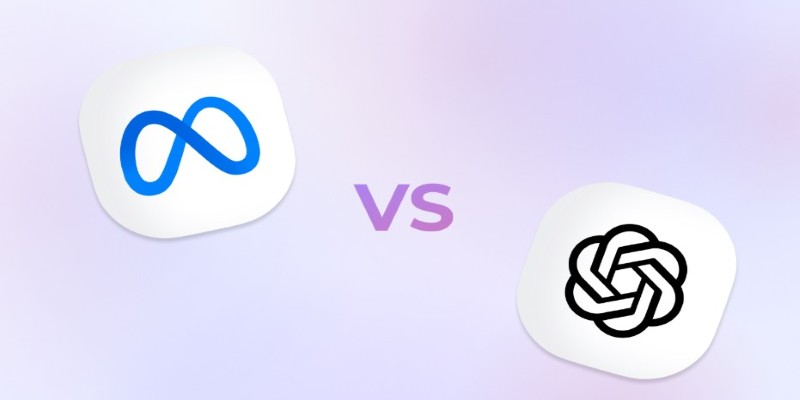
Llama 3 is popping up in open-source projects, apps that need a free and flexible AI, and research studies. Some people even use it to run personal chatbots on their computers or phones. Since it’s open-source, developers can shape it however they like. That’s a big deal if you’re building a custom tool for something like teaching, translating, or writing software.
GPT-4, on the other hand, is already in lots of well-known apps and services. It powers the ChatGPT tool that millions of people use, but it’s also behind features in apps like Microsoft Word, Excel, and other tools through the “Copilot” brand. If you’ve asked your phone or laptop for something smart lately, there's a good chance GPT-4 was involved.
In simple terms, Llama 3 is like a high-performance engine you can install in your car, while GPT-4 is the luxury ride that's already tuned and ready to go. Llama 3 gives you freedom and flexibility. GPT-4 gives you convenience and quality.
The choice between Llama 3 and GPT-4 really comes down to how much control you want versus how much polish you need. Llama 3 is perfect for people who like to tinker. If you enjoy setting things up yourself, want something that runs offline, or prefer not to rely on big company servers, Llama 3 gives you that freedom. It's especially helpful for developers, researchers, or anyone working on custom projects where having full access to the model makes a difference.
GPT-4, in contrast, is more about ease and convenience. It works right out of the box; no setup is required. If you're writing, studying, coding, or doing any creative work, GPT-4 offers smart suggestions and polished responses. It's like having a dependable assistant ready whenever you need it. Both are great—just built for different kinds of users.
Llama 3 and GPT-4 are two of the smartest AI tools out there right now, each with its strengths. Llama 3 is free, flexible, and great for people who like to build. GPT-4 is polished, powerful, and ready to help with almost anything; no setup is needed. The best one depends on what you're looking for—but either way, you're working with something pretty amazing.
Advertisement
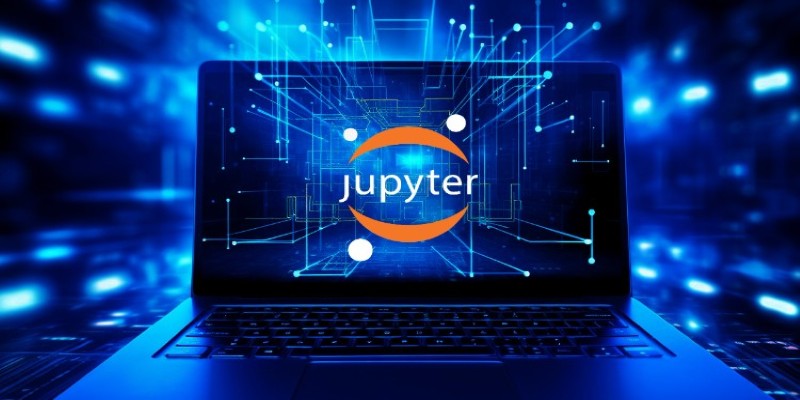
Looking for a better way to code, research, and write in Jupyter? Find out how JupyterAI turns notebooks into powerful, intuitive workspaces you’ll actually enjoy using

Wondering how everything from friendships to cities are connected? Learn how network analysis reveals hidden patterns and makes complex systems easier to understand
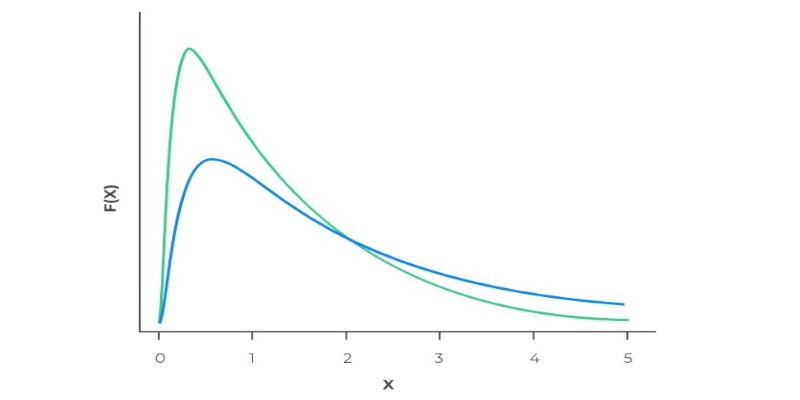
Ever wonder why real-world data often has long tails? Learn how the log-normal distribution helps explain growth, income differences, stock prices, and more

Understand the principles of Greedy Best-First Search (GBFS), see a clean Python implementation, and learn when this fast but risky algorithm is the right choice for your project
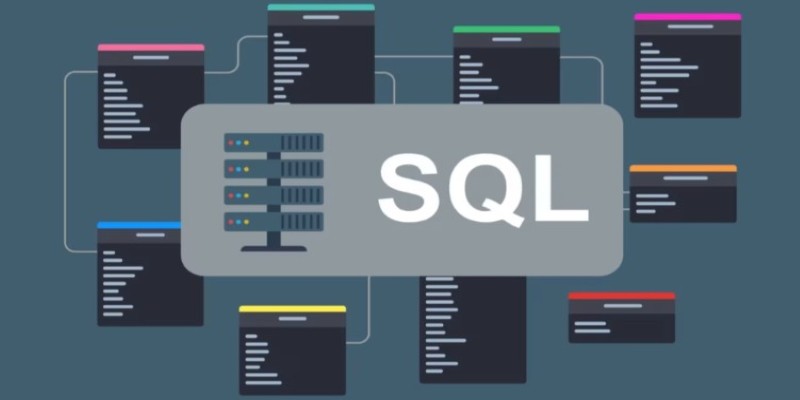
Think of DDL commands as the blueprint behind every smart database. Learn how to use CREATE, ALTER, DROP, and more to design, adjust, and manage your SQL world with confidence and ease

Think data science is just coding? See how math shapes predictions, decisions, and the models that power everything from apps to research labs

Apple unveiled major AI features at WWDC 24, from smarter Siri and Apple Intelligence to Genmoji and ChatGPT integration. Here's every AI update coming to your Apple devices

Learn how to build an AI app that interacts with massive SQL databases. Discover essential steps, from picking tools to training the AI, to improve your app's speed and accuracy

Explore how labeled data helps machines learn, recognize patterns, and make smarter decisions — from spotting cats in photos to detecting fraud. A beginner-friendly guide to the role of labels in machine learning

Tired of missed calls and endless voicemails? Learn how Synthflow AI automates business calls with real, human-like conversations that keep customers happy and boost efficiency

Learn what vector databases are, how they store complex data, and why they're transforming AI, search, and recommendation systems. A clear and beginner-friendly guide to the future of data storage
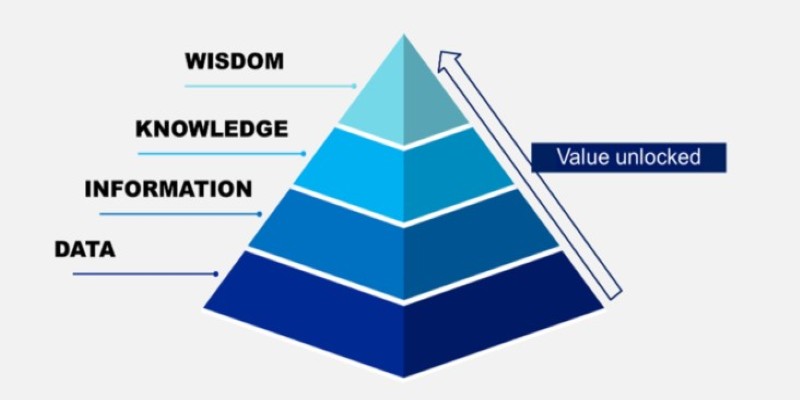
Ever wondered how facts turn into smart decisions? Learn how the DIKW Pyramid shows the journey from raw data to wisdom that shapes real choices